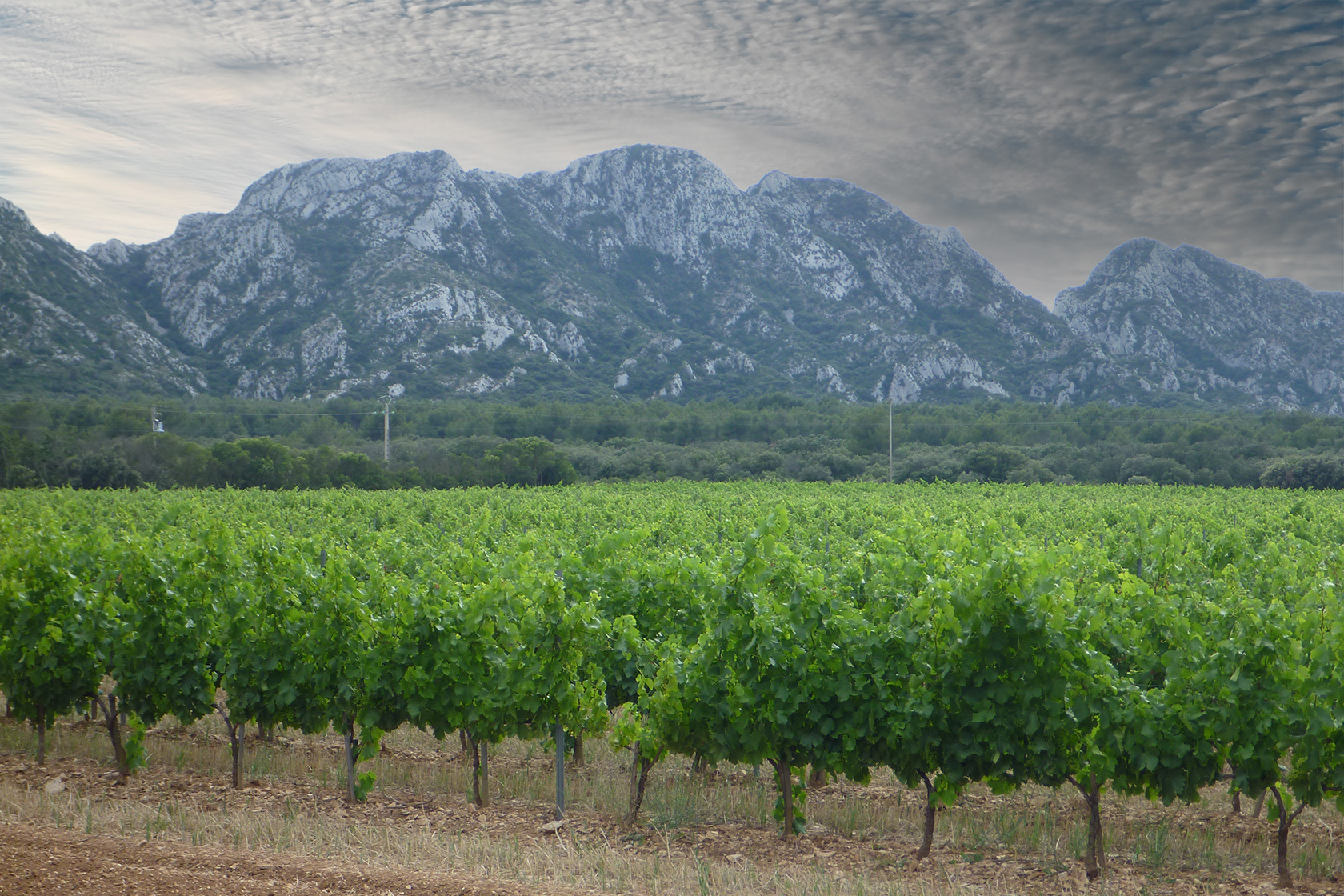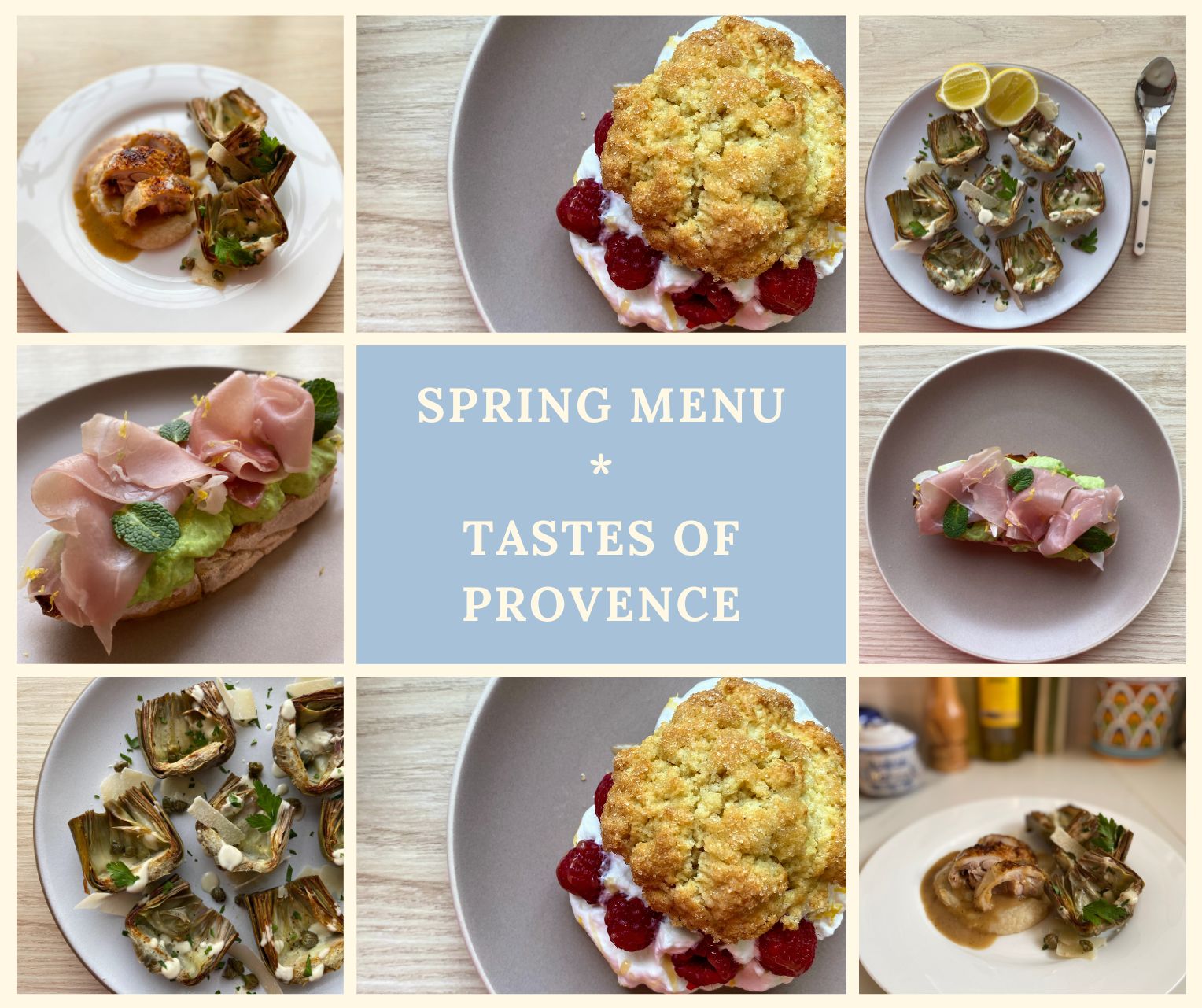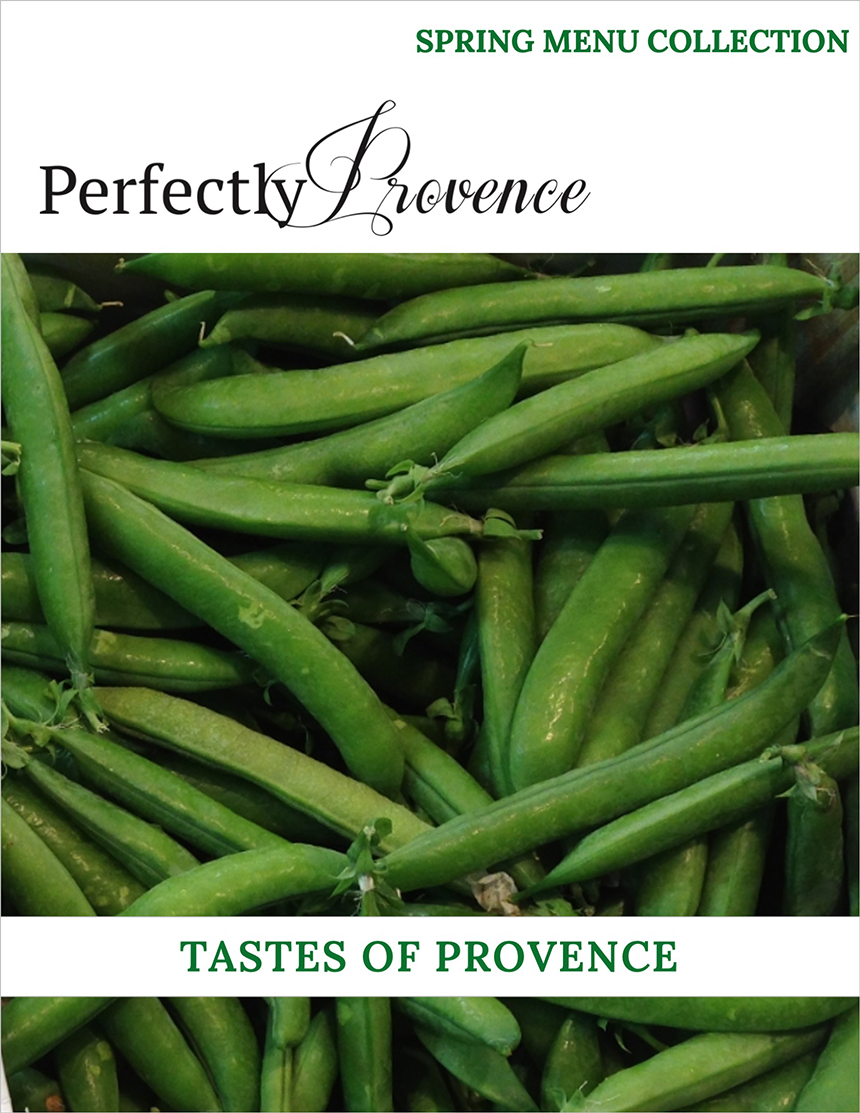For those who live in France, after a cluster of public holidays (jours fériés) in May, it’s back to work and school. However, this is a terrific (i.e. not crowded) time of the year to see the new show at Carrières de Lumières: Egyptian Pharaohs, from Cheops to Ramses II and the short program The Orientalists.
The new Fondation Blachère location near Bonnieux and the current exhibition—Bandiagara—are worth a visit. After a restoration project, the former Bonnieux train station is now a suitable display space inside and outside, with art studios, apartments, a café, and a boutique dedicated to contemporary African art. The Foundation aims to support and raise awareness for this rich artistic scene.
It’s not all playtime in Provence. With efficient plane and train connections, the South of France is a good choice for corporate meetings, strategic planning, and seminars. Here are five (5) locations offering accommodation and all the technology you need for your meetings.
Continue reading here about art exhibits and more in Provence this year.











